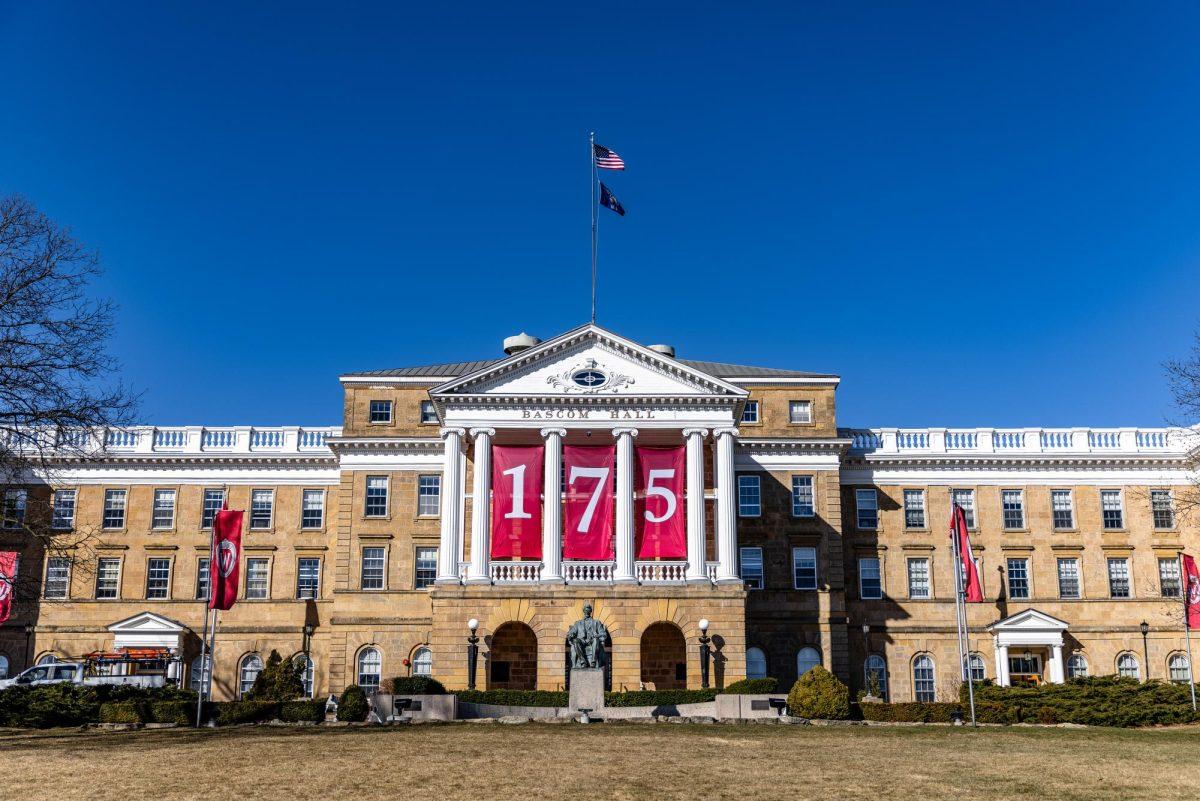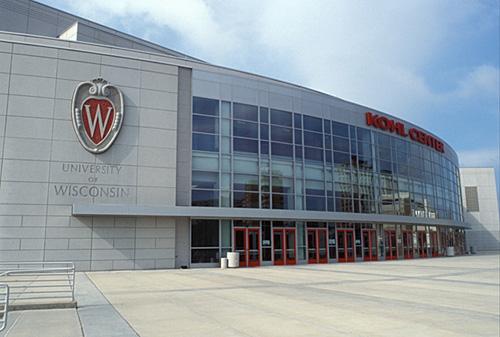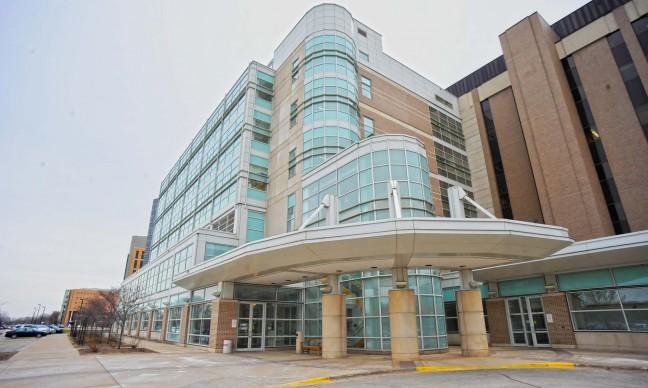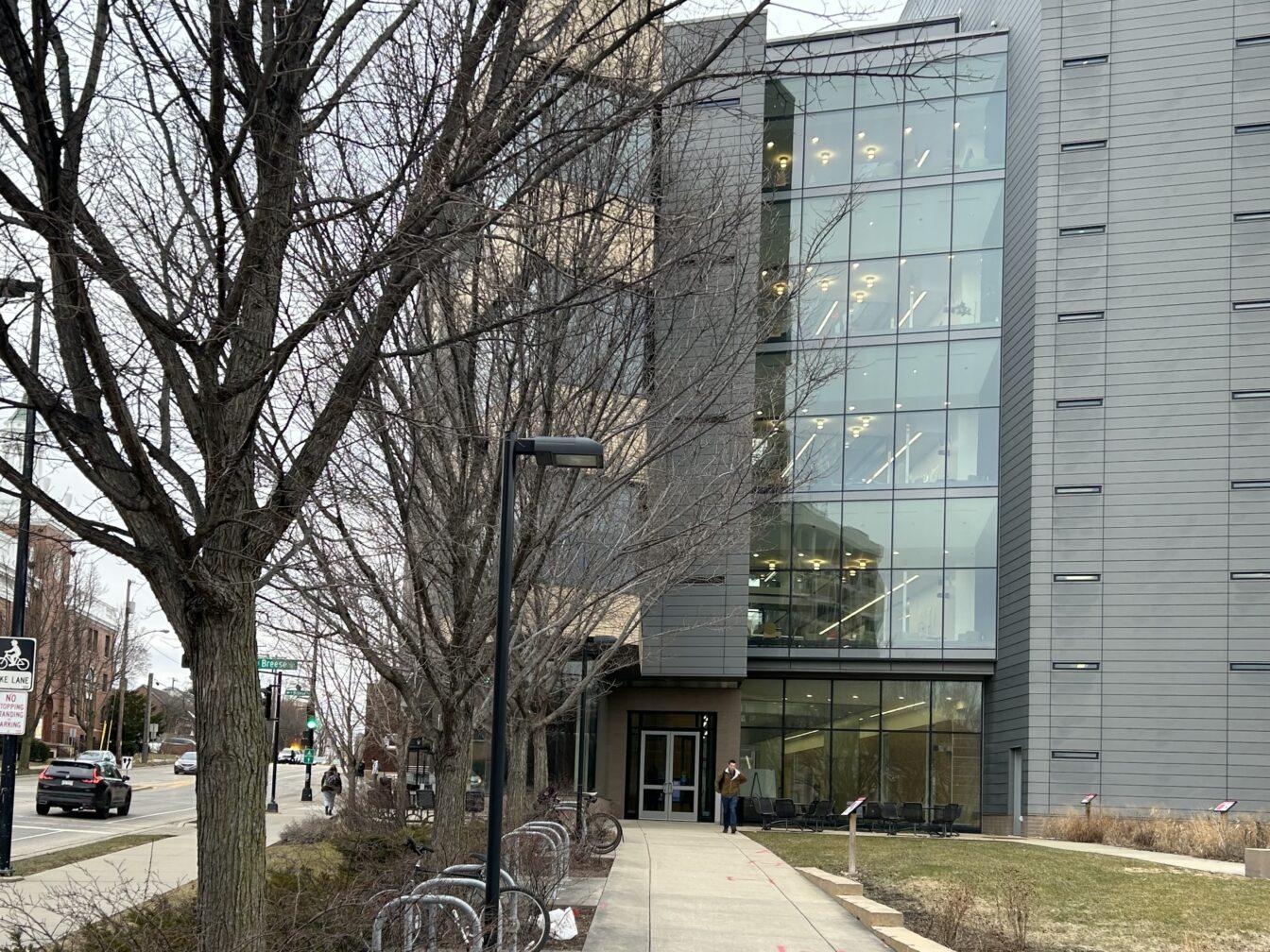October has more to offer than fall colors and Halloween festivities. It is a month devoted to highlighting the cognitive disability Down syndrome, which results from acquiring an extra chromosome during fetal development.
Only biologically different from others by one chromosome, individuals with Down syndrome have a lot of the same aspirations as anyone else would, and an extra chromosome isn’t stopping them.
University of Wisconsin’s Waisman Center contributes to the ongoing research of developmental disabilities, including Down syndrome and neurodegenerative diseases. The center aims to gain a better understanding of Down syndrome and how the genetic disorder is connected to human development.
Waisman Center associate director and professor of medical physics and psychiatry, Brad Christian said Down syndrome research contributes to a bigger picture than just the imaging aspect of it that he specializes in.
“Right now it’s an exciting time and an encouraging time for people with Down syndrome,” Christian said. “Knowing that, I think a lot of discoveries are going to be made in the years ahead that will continue to improve the quality of life for them.”
Kombucha to kimchi: Does consuming fermented foods help create healthy gut
Waisman Center investigators Sigan Hartley and Andrew Alexander both research the connection between Down syndrome and Alzheimer’s disease — a form of dementia affecting memory. The researchers analyze lifestyle aspects of Down syndrome and brain imaging of the individuals with Alzheimer’s. These aspects include sleep, physical activity, cognitive stimulation, leisure and employment, Hartley said.
Down syndrome occurs in one out of 700 births in the U.S., and it’s an understudied disease. Due to its rarity, researching it comes with a bit of a challenge, Hartley said.
Over the past five years, the interest in Down syndrome research has grown significantly, and investments from the National Institute of Health has greatly contributed to this, Hartley said. This allows for expanding the reach of research teams internationally and not just within the U.S.
On its own, one research team will struggle to engage with and attract enough participants to a study over time since it is restricted to one location, Hartley said.
“So instead, if we can get support to draw these large teams both within the United States and internationally, which is the team that we’re part of, you can actually have the ability to come together and really make a dent in filling the gaps in what we don’t know to advance science,” Hartley said. “This cognitive data is clinical data, and this is just, really in my opinion, the way to advance science.”
Botanical spots on campus work to document history, educate communities
Hartley and Alexander said lots of current research is underway trying to pinpoint the specific connection between Alzheimer’s and Down syndrome.
Down syndrome is a trisomy, meaning there are three copies of chromosome 21, Hartley said. The three copies of this chromosome put individuals with Down syndrome at a greater risk for developing medical conditions, including Alzheimer’s disease.
“There’s a gene on chromosome 21 called the amyloid precursor protein or APG, and it is involved in regulating the production of a protein called amyloid,” Hartley said. “In Down syndrome, it’s over-expressed, and so we think that this is sort of one of the drivers to why we see Alzheimer’s disease neuropathology.”
Specifically, individuals with Down syndrome develop dementia much earlier than those without. Alzheimer’s is about 90% more prevalent among those living with Down syndrome into their 40s compared to those without Down syndrome, Hartley said.
One of the goals of their research is defining and identifying which specific biomarkers, such as amyloid, are related to the onset of dementia that can then be used in clinical trials as targets for treatments for individuals with Down syndrome, Alexander said.
To bee or not to bee: What ‘Bee Campus USA’ certification means for UW
“The field is now gearing up for these clinical intervention trials to begin, to actually intervene and to test these interventions,” Hartley said. “So it’s actually a really, really exciting time for the field.”
All of the advancements researchers like Alexander, Christian and Hartley have contributed to understanding Down syndrome would not be possible without the participants in their studies.
Danny Chafetz and Maria Nogueron are outreach team members for the Waisman Center. Chafetz, who has Down syndrome himself, is a self-advocate for Down syndrome, and Nogueron has a 25-year-old daughter with Down syndrome. Their involvement with the Waisman Center’s studies has opened the door to new research angles, Hartley said.
“This has really shifted how research operates … it’s important to partner with the communities you want to study to understand what’s important to them, what are their lived experiences,” Hartley said. “But also, I think not only in terms of centering our research questions, but the understanding that research is a two way street and that they’re helping to convey outreach and education and findings back to the community about what research can give.”
Both Chafetz and Nogueron provide meaningful insights and connections to the Down syndrome community within Wisconsin. Chafetz offers an influential perspective for what the research means, and Nogueron brings an advocate for families and a bridge to the academic setting, especially within the Latinx community, Hartley said.
Without the help of people like Chafetz and Nogueron, general communication and conveying the importance of the research would be lost on the broader community.
“It has been so rewarding to work with Danny and Maria,” Hartley said. “It has given me a new grounding in what I do… All of what I do could be the most meaningful research, but if I can’t translate it in a meaningful way to the community that I’m trying to partner with, it goes nowhere.”
Hartley said when recruiting participants for the research studies, Nogueron has been insightful in providing feedback for making sure the flyers contain not just eligibility requirements but also mention why they should be participating in the study.
Christian said he noticed how willing and enthusiastic participants are to help out, even when there is no direct benefit to them besides knowing it will help others. In the end, all treatments developed from this type of research will cross-benefit other areas of society.
Because of the improved and expanded access to medical care and early treatments, Christian and Hartley said the life expectancy of individuals with Down syndrome has increased from decades ago — now they have a life expectancy into their 60s and 70s.
Down syndrome awareness month started — nearly four decades ago — as a way to bring awareness to and disprove the stereotypes surrounding those with Down syndrome, and the tradition continues today. This month is dedicated to raising awareness about an understudied disease and to highlight the impact of the research and the communities it aims to support.

















